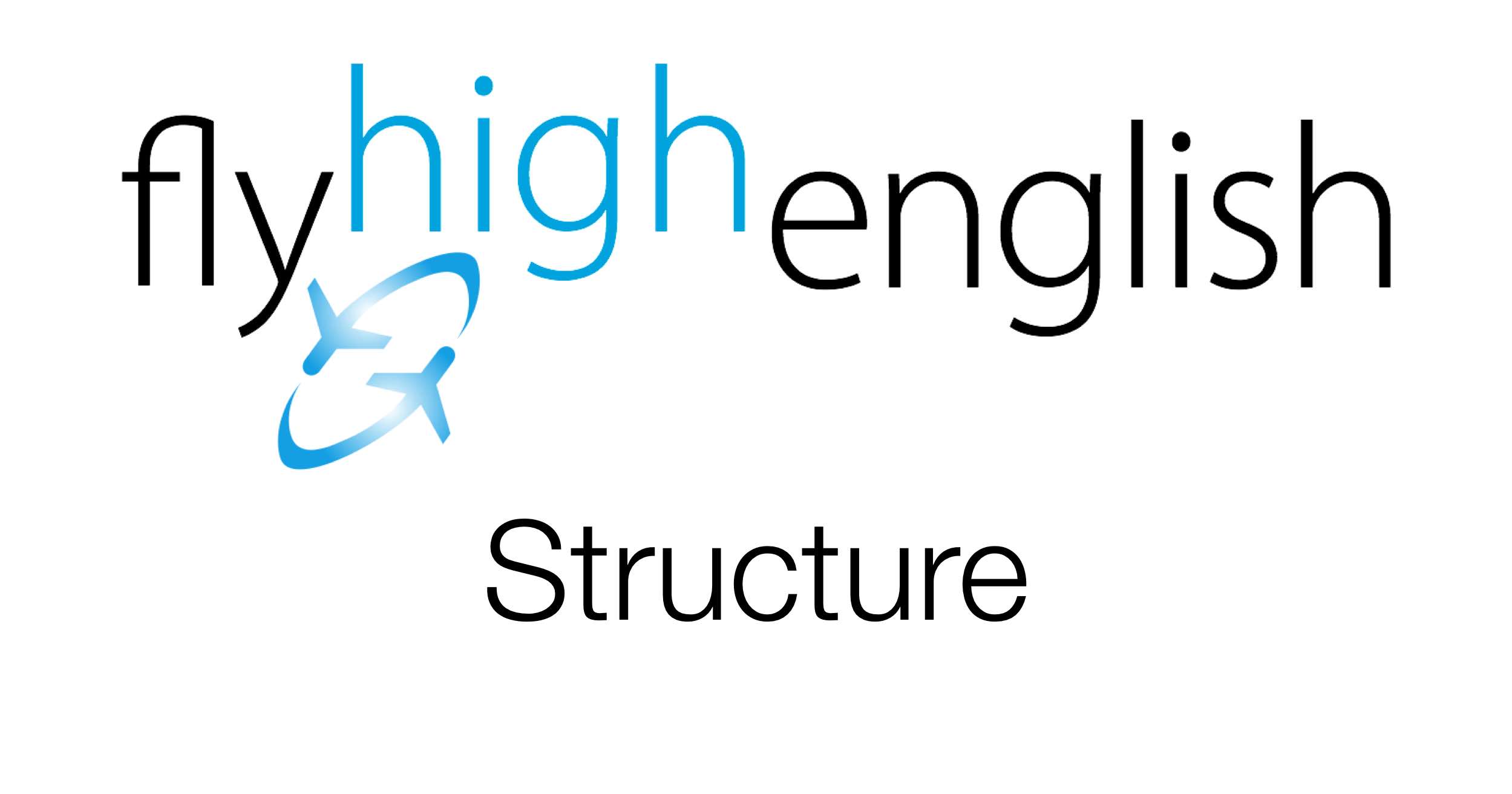
Using relative clauses
Relative clauses (which are parts of sentences) help the speaker identify the thing or person they are talking about. Let’s see an example.
The woman who we met is a pilot.
In the example above ‘who we met’ is the relative clause, it helps identify the woman we are talking about, without this information it would be impossible to know who the woman is. When we’re using a relative clause to help identify a person we use ‘who’.
The guy who bought your ticket is my cousin.
Again ‘who bought your ticket’ identifies the person we are talking about (and is the relative clause in the sentence).
In these situations we usually have the structure;
‘Person + who + verb (+ object) + information.’
The guy + who + bought + your ticket + is my cousin.
When we’re using a relative clause to help identify a thing instead of a person we use ‘which’. Let’s see an example.
The button which you pressed turns on the wipers.
In the example above ‘which you pressed’ is the relative clause, it helps identify the button (the thing) we are talking about.
The chart which you looked at is the wrong one.
Again ‘which you looked at’ identifies the thing we are talking about (and is the relative clause in this sentence).
In these situations we sometimes have the structure;
‘Thing + which + verb (+ object) + information.’
The chart + which + you looked at + is the wrong one.
(note there is no object in the example above)
Let’s look at another example
The man whose book you borrowed wants it back.
The chart whose corner you ripped is now useless.
In the example above ‘whose book you borrowed’ and ‘whose corner you ripped’ are the relative clauses, they help identify the man and chart we are talking about, without this information it would be impossible to know who the man is or which chart we’re talking about. The difference in these examples is that we use a possessive form ‘whose book’ (you borrowed) and ‘whose corner’ (you ripped) to identify the person and chart.
Tip: In these sentences we don’t use a comma between the noun and the relative clause.
We can also use that instead of who or which in the above examples.
The guy that bought your ticket is my cousin.
The chart that you looked at is the wrong one.
Tip: That can be used in other situations so be careful not to confuse the use of that in relative clauses with other uses of that. Click here and here to review the uses of that.
Remember to use who for people, which for things and whose + noun for possessive forms which help to identify somebody or something.
Now try to write some of your own examples using relative clauses to help identify a person of thing you are talking about.
Follow us on Twitter here or Facebook here for more great content!
